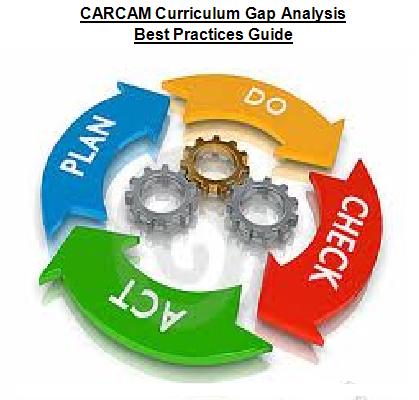|

|
| A 2015 Ford F-150 truck goes through the assembly line at the Ford Dearborn Truck Plant in Dearborn, Mich. Continued strong performance by the U.S. automotive industry is part of the reason manufacturing executives are increasingly confident about business in the year ahead. |
|
Manufacturing executives like what they are seeing on their balance sheets, are increasingly confident about the U.S. economy and plan to do more hiring and operational spending in the year ahead, a new survey from PwC US reports.
In its Q4 2014 Manufacturing Barometer, PwC found that 68% of senior manufacturing executives were optimistic about the U.S. economy, up from 57% in the third quarter. Optimism about the global economy also improved, to 38% from 30% in the last quarter.
Manufacturers told PwC they expected to finish 2014 with revenue up an average of 5.2%, a significant boost from a third quarter estimate of 4.6%. Moreover, executives forecast revenue in 2015 to grow by 5.8%. Some 85% expect positive revenue growth over the next 12 months, including with 17% who expect double-digit growth.
“Economic sentiment has improved among U.S. manufacturers and we are seeing an upswing in their confidence levels, leading to increased plans for hiring and operational spending,” said Bobby Bono, PwC’s U.S. industrial manufacturing leader. “Management teams are primarily focusing on hiring skilled workers, developing new products and investing in research and development, in an effort to further strengthen core competencies, support growth and build market share.”
Manufacturers said they plan to boost hiring, with 60% indicating they would add employees over the next 12 months. The biggest job openings identified were in skilled labor (75%) and middle management (41%).Executives also acknowledged the continuing skills gap in manufacturing, with two-thirds reporting they had open positions over the past year that they were unable to fill with experienced or skilled employees. Over the next 1 to 2 years, 78% of manufacturers said, they would be hiring new employees in engineering/design (62%), manufacturing (44%) and R&D (28%).
PwC’s Bono said manufacturers will need to address the lack of skilled workers “through improved worker training and resources as industrial manufacturing processes around new and disruptive technologies become increasingly complex.”
Along with spending on new hires, 82% of manufacturers said they plan to boost operational spending, 9 points hirer than a year ago. The leading areas for higher spending are new product or service introductions (52%) and R&D (47%). Increases in IT remained about the same as a year ago at 28%, but more executives plan to invest in geographic expansion, up 8 points to 27%, and in acquiring new businesses (up 6 points to 22%). Manufacturers indicated continued investment overseas, with 18% reporting plans to build new facilities abroad.
Major capital spending plans are on the agenda for 43% of US manufacturers surveyed, on par with a year ago. However, PwC found they will be spending less, about 3.3% of total sales compared to a 4.8% investment level a year ago.
“Management teams appear to be shifting outlays from capital spending to investing in people and products,” Bono observed.
While many business organizations continue to focus on overregulation as a serious threat to the economic recovery, manufacturers surveyed indicate it is less of a concern. Only 32% said it was a leading potential barrier to growth, compared to 59% in the third quarter. PwC speculated the sharp drop in concern was a vote of confidence in Republicans holding both houses of Congress and positioned for either more favorable legislation or fewer new regulatory actions.
For U.S. manufacturers marketing globally, their crystal ball on overseas markets remains cloudy. More than half (55%) are uncertain about the world economy, while 38% are optimistic and 7% are pessimistic. A year ago, 47% of executives were optimistic about global business conditions.
Full Article: http://www.industryweek.com/global-economy/sales-worries-down-confident-us-manufacturers?utm_content=buffera1bc1&utm_medium=social&utm_source=twitter.com&utm_campaign=buffer
|



























